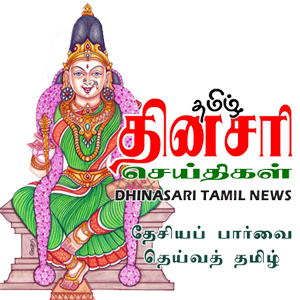
“The Dogra dynasty was a significant force in the history of Jammu and Kashmir. They made important contributions to the development of the state.“
By Narasimhan Vijayaraghavan
As Senior Advicate Kapil Sibal began arguing on behalf of the petitioner Abdul Lone on 2nd Aug,2023, at 11.00 am, the solemnity and significance of the occasion in Indian history and constitutional march, was not lost on the constitution bench and the huge assembly of lawyers in the first court. It was a goose bump, spine tingling occasion, doubtless. And on those of us on the Virtual stage too.
Mindful of the occasion, the submissions of Sibal were slow, measured and drawn. Not hurried and emphatic as is his usual wont. He pointedly said “ I don’t want fireworks on this solemn occasion’ and clarified that his endeavour would be to keep ‘politics’ out of his submissions. Sibal did not fail to identify the historic moment and unique status of the litigation. We can get to the submissions as we move on. For now, we get back to the Dogra dynasty.
We cannot just allude to Dogra dynasty by name and let it pass. We need to know what they did and what sort of rulers they were. When they were in charge, Jammu & Kashmir-Ladakh included Pakistan Occupied Kashmir and even parts of present Himachal Pradesh, as nestled between Ravi and Sindhu rivers. It was a far bigger area the Dogras were administering. Just as an aside Jammu, Ladakh and Himachal Pradesh, never strayed from their focus and vision to be always part of India, even when Britishers were playing their divide and rule policy with an eye on Muslim dominated regions. We will get there, when it is time to go there.
The Dogra dynasty ruled Jammu and Kashmir from 1846 to 1947. They were a Hindu Rajput dynasty who traced their ancestry to the Ikshvaku (Solar) Dynasty of Northern India. The first Dogra ruler of Jammu and Kashmir was Maharaja Gulab Singh, who was granted the region by the British East India Company in the Treaty of Amritsar after the First Anglo-Sikh War.
Gulab Singh was a capable ruler who made significant contributions to the development of Jammu and Kashmir. He built roads, canals, and irrigation systems, and he also promoted education and trade. He also expanded the boundaries of the state, incorporating Ladakh, Baltistan, and Gilgit into his domain.
ALSO READ: Daily Nuggets on the Art.370 legacy-2
Gulab Singh’s successors continued to rule Jammu and Kashmir until 1947. During this time, the state experienced a period of relative peace and prosperity. However, the Dogra rulers were also criticized for their authoritarian rule and their suppression of dissent.
In 1947, when India and Pakistan gained independence from British rule, the Dogra rulers of Jammu and Kashmir were faced with a difficult choice. They could either accede to India or Pakistan, or they could declare independence. The Maharaja of Jammu and Kashmir, Hari Singh, initially chose to remain independent, but he eventually acceded to India after Pakistani forces invaded the state. And that is a story we shall not miss as ‘Sardar Patel literally bulldozed the slowness and unexpected apathy of Nehru to send forces at once to rescue Kashmir from the rampaging marauders, which saved 2/3rds of Kashmir going the 1/3rd POK route’, recalled Field Marshal Sam Manekshaw. It can wait as the hearings have just begun.
ALSO READ: Daily Nuggets from Art.370 legacy-1
The accession of Jammu and Kashmir to India, led to the Kashmir conflict, which continues to this day. The Dogra dynasty is no longer in power, but their legacy remains a source of contention in the region.Some of the key achievements of the Dogra dynasty in Jammu and Kashmir:
A. They built roads, canals, and irrigation systems, which helped to improve the economy and living standards of the people.
B. They promoted education and trade, which helped to modernize the state.
C. They expanded the boundaries of the state, which made it a more powerful and influential entity.
ALSO READ: Art. 370- It’s all about Politics Stupid!
They were however accused of being corrupt and of favoring their own ethnic group, the Rajputs. They were also criticized for their treatment of the Muslim minority in the state.The Dogra dynasty came to an end on 26th Oct, 1947 when the Maharaja of Jammu and Kashmir acceded to India.
The Dogra dynasty was a significant force in the history of Jammu and Kashmir. They made important contributions to the development of the state. Their contested legacy continues to be debated today. And not excluding, before the constitution bench hearings, you see.
( Author of Constitution & its Making/Working,OakBridge, is practicing advocate in the Madras High Court)





